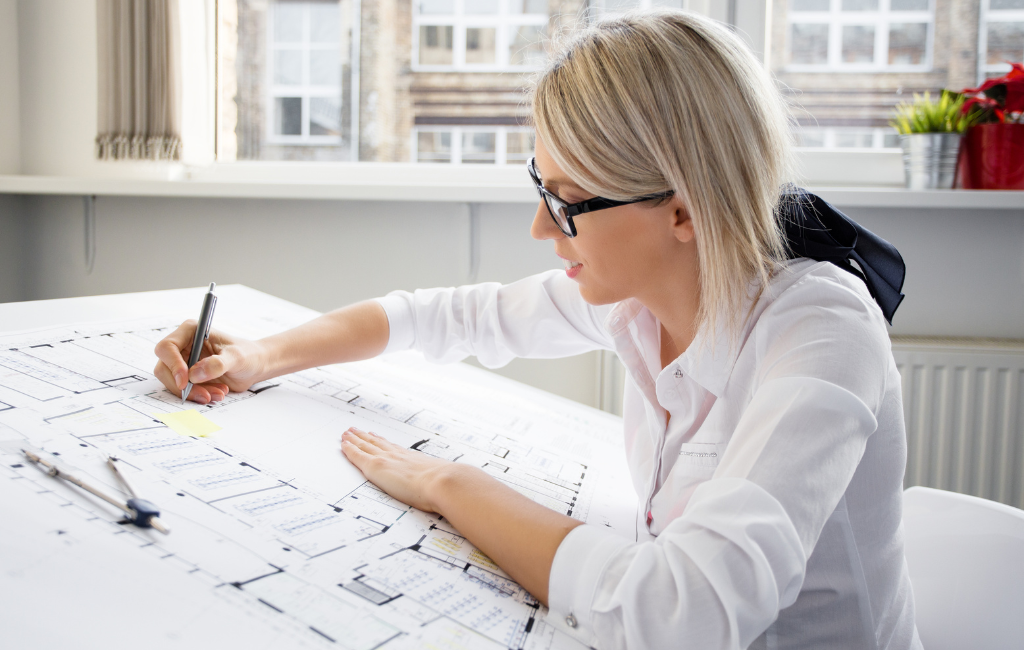Architect Vision: Designing the Future
Architecture has always been a reflection of society’s values, aspirations, and technological advancements. As we move further into the 21st century, architects are tasked with envisioning and creating spaces that not only meet the needs of today but also anticipate the demands of tomorrow. This article explores the innovative approaches and emerging trends that are shaping the future of architecture.
Embracing Sustainability
One of the most significant shifts in modern architecture is the emphasis on sustainability. With growing awareness of environmental issues, architects are increasingly focused on designing buildings that minimize ecological impact. This involves the use of renewable materials, energy-efficient systems, and designs that promote natural light and ventilation.
- Green roofs and walls
- Solar panels and renewable energy sources
- Water conservation systems
- Recycled and locally sourced materials
For instance, the Bullitt Center in Seattle is often cited as one of the greenest commercial buildings in the world. It features solar panels, rainwater harvesting systems, and composting toilets, setting a benchmark for sustainable design.
Smart Buildings and Technology Integration
The integration of technology into architectural design is another trend that is gaining momentum. Smart buildings equipped with advanced systems can enhance comfort, security, and efficiency. These buildings use sensors, automation, and data analytics to optimize various functions such as lighting, heating, and security.
Examples of smart building technologies include:
- Automated lighting and climate control systems
- Security systems with facial recognition
- Energy management systems
- IoT devices for real-time monitoring
The Edge in Amsterdam is a prime example of a smart building. It uses a network of sensors to monitor and adjust lighting, temperature, and energy usage, creating a highly efficient and comfortable environment for its occupants.
Adaptive Reuse and Urban Regeneration
As cities continue to grow, the need for innovative solutions to urban challenges becomes more pressing. Adaptive reuse and urban regeneration are strategies that repurpose existing structures for new uses, preserving cultural heritage while meeting contemporary needs.
Key benefits of adaptive reuse include:
- Preservation of historical and cultural landmarks
- Reduction in construction waste
- Revitalization of urban areas
- Cost savings compared to new construction
The High Line in New York City is a notable example of urban regeneration. This elevated park was created from a disused railway line, transforming an industrial relic into a vibrant public space that attracts millions of visitors each year.
Human-Centric Design
Modern architecture is increasingly focused on creating spaces that prioritize the well-being and experience of their users. Human-centric design considers factors such as natural light, acoustics, air quality, and ergonomics to create environments that enhance productivity, health, and happiness.
Elements of human-centric design include:
- Biophilic design principles
- Flexible and adaptable spaces
- Inclusive and accessible design
- Focus on mental and physical well-being
The Googleplex in Mountain View, California, exemplifies human-centric design. The campus features open spaces, natural light, and various amenities designed to promote employee well-being and creativity.
Parametric Design and Digital Fabrication
Advancements in computational design and digital fabrication are revolutionizing the way architects approach their work. Parametric design allows for the creation of complex, organic forms that were previously impossible to achieve. Digital fabrication techniques such as 3D printing enable the precise and efficient construction of these designs.
Benefits of parametric design and digital fabrication include:
- Increased design flexibility and creativity
- Improved precision and efficiency in construction
- Reduction in material waste
- Customization and personalization of designs
The Heydar Aliyev Center in Baku, Azerbaijan, designed by Zaha Hadid Architects, showcases the potential of parametric design. Its fluid, wave-like form is a testament to the capabilities of modern computational design tools.
Resilient Architecture
With the increasing frequency of natural disasters and the impacts of climate change, resilience has become a key consideration in architectural design. Resilient architecture aims to create buildings and communities that can withstand and recover from adverse events.
Strategies for resilient architecture include:
- Elevated structures to prevent flood damage
- Use of durable and weather-resistant materials
- Designs that allow for easy repair and maintenance
- Incorporation of emergency response systems
The Global Change Institute Building at the University of Queensland is an example of resilient architecture. It features a self-sustaining design with natural ventilation, solar power, and rainwater harvesting, making it capable of operating independently in the event of a disaster.
Conclusion
The future of architecture is being shaped by a combination of sustainability, technology, human-centric design, and resilience. By embracing these trends, architects are creating spaces that not only meet the needs of today but also anticipate the challenges and opportunities of tomorrow. As we look ahead, the vision of designing the future will continue to evolve, driven by innovation and a commitment to improving the built environment for all.
